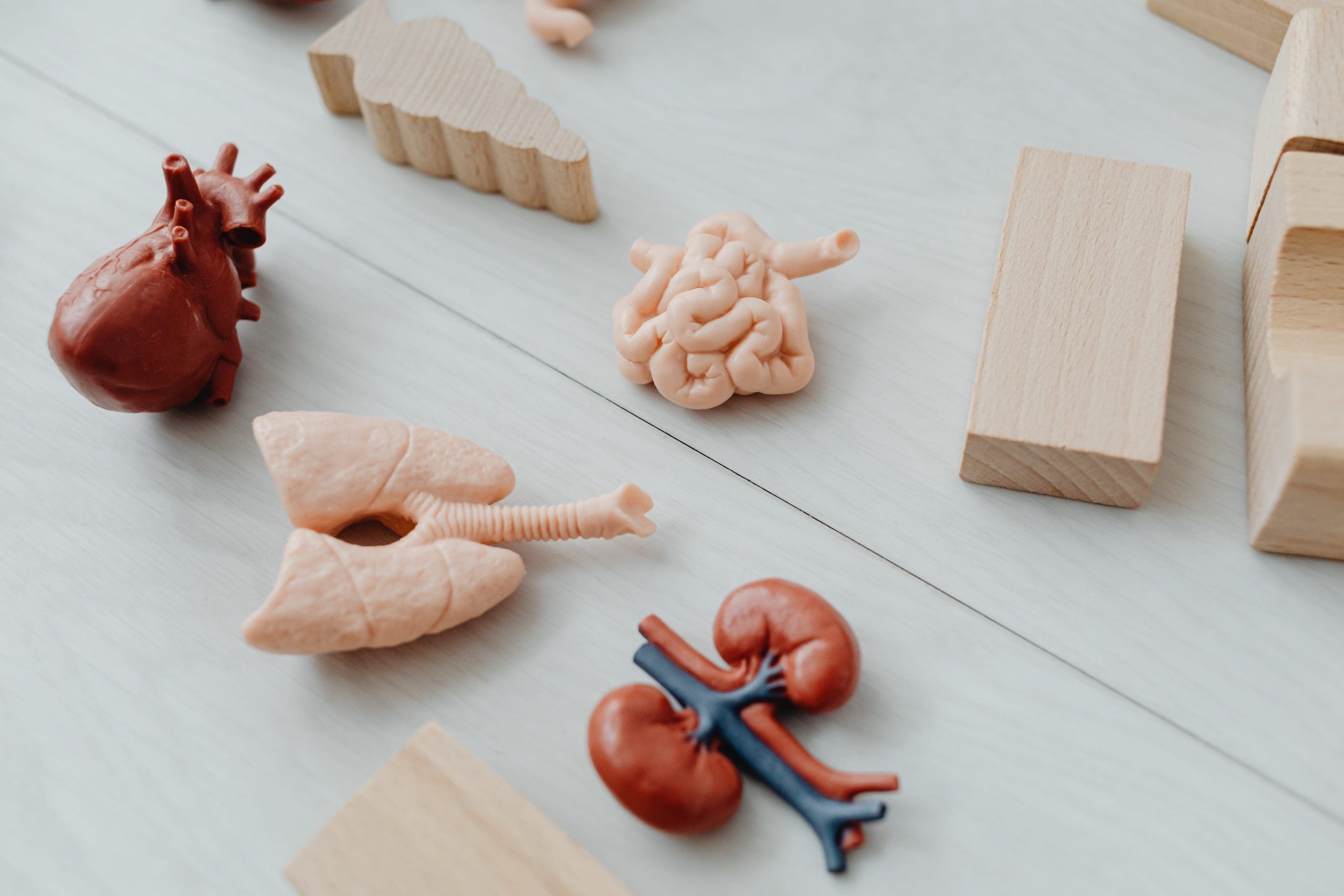After 2 days of rectal bleeding, John Dexter, age 49, is receiving his second unit of packed red blood cells. Your first assessment during the infusion indicates his condition is stable: temperature, 97º F (36.1º C); pulse rate, 82 beats/minute; respiratory rate, 24 breaths/minute; and blood pressure (BP), 110/68 mm Hg. An hour later, he’s out of breath, sweaty, and pale. His temperature is 100.2º F (37.8º C); pulse rate, 88 beats/minute; respiratory rate, 38 breaths/minute; BP, 100/82 mm Hg; and oxygen saturation (Sao2), 68%.
Assessment hints
You immediately discontinue the transfusion. Your assessment reveals coarse crackles throughout the lungs and poor aeration. The patient’s urine output is 200 mL over the last 6 hours. At this point, you think he may have early signs of excessive circulating volume or cardiogenic pulmonary edema. After noting that he has no signs of volume overload, you phone Dr. Benner with your findings and recommend arterial blood gas (ABG) analysis, a complete metabolic panel to assess kidney function, an analysis of cardiac markers, a chest X-ray, and an electrocardiogram (ECG). Dr. Benner concurs and says she will come to examine the patient. The chest X-ray shows coarse alveolar infiltrates and a normal heart size. The laboratory test results are normal.
Based on vital signs and test results, you rule out excessive circulating volume and cardiogenic pulmonary edema. You know that transfusion-related acute lung injury (TRALI) produces signs and symptoms of respiratory decompensation without signs and symptoms of fluid overload, such as edema and an elevated BP. Because of Mr. Dexter’s rapid respiratory distress, stable BP, and absence of limb edema, you suspect TRALI. Dr. Benner agrees and orders a computed tomography (CT) scan.
Mr. Dexter remains unstable during the CT scan. His temperature is 102.4º F (39.1º C); respiratory rate, 46 breaths/minute; BP, 134/80 mm Hg; and Sao2, 80% with a nonrebreather mask. The CT scan shows diffuse edema and inflammatory consolidation in the lung fields.
On the scene
Dr. Benner arrives with the ABG results, which indicate respiratory acidosis: pH and partial pressure of oxygen are low; partial pressure of carbon dioxide is high; and bicarbonate is normal. The patient is transferred to the intensive care unit and intubated. A large amount of pulmonary edema fluid is returned.
Outcome
For the next 48 hours, Mr. Dexter receives oxygen therapy to sustain his lungs until they are clear of fluid, and his condition markedly improves. Because TRALI results from microvascular pulmonary injury and not fluid overload, the condition won’t respond to diuretics. After 2 days, his laboratory test results remain normal, and he’s extubated.
Education and follow-up
TRALI results from antibodies in donor blood, but the exact antibodies aren’t known. Any blood product containing plasma could be the cause, but TRALI most commonly results from platelet concentrates in whole blood. TRALI signs and symptoms usually appear 30 minutes to 2 hours after a transfusion, but they can appear as much as 6 hours afterward.
Before discharge, you explain to Mr. Dexter that his lung injury resulted from the blood transfusion. You tell him that the incident will be noted in his health record and that he should inform the healthcare team before undergoing future transfusions.
Though Mr. Dexter makes a full recovery and is able to go home soon after the incident, not all patients are so lucky. TRALI is a severe and potentially fatal condition. But Mr. Dexter had the good fortune to have a nurse who read the signals correctly and acted quickly.
Visit www.AmericanNurseToday.com/journal for a list of selected references.
Dianne McAdams-Jones is an assistant professor at Utah Valley University in Orem, Utah.


















